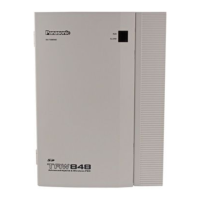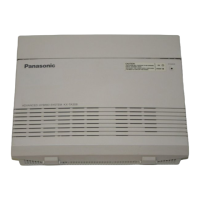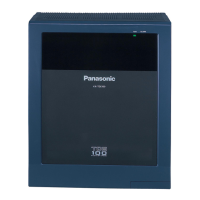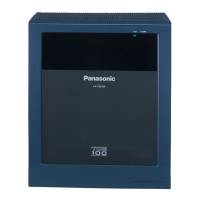1.10 Conversation Features
88 Feature Guide
1.10.8 Paralleled Telephone
Description
By connecting telephones in parallel, you can increase the number of telephones connected to the PBX
without adding additional extension cards.
Both wired and wireless telephones can be connected in parallel. Single line telephones (SLTs) and analog
proprietary telephones (APTs) can be connected to other telephones or connectors, allowing two
telephones to be connected to the PBX through just one extension port. Additionally, portable stations (PSs)
can be linked to other telephones wirelessly and be used as a "paired" extension.
The different type of parallel connections are described below.
Conditions
[APT + SLT]
• If one telephone goes off-hook while the other is on a call, a three-party call is established. If one user
goes on-hook, the other user continues the call.
• An extension user cannot originate a call from the SLT if the APT is:
– playing background music (BGM)
– receiving a paging announcement over the built-in speaker.
Features Descriptions Connections
Parallel Mode Allows an SLT to be connected to an APT which is
connected to a preinstalled hybrid port of the PBX.
When the two telephones are connected in parallel mode:
• Both share one extension number (APT's
extension number).
• Either telephone can make or answer calls.
Wireless XDP
Parallel Mode
For information on this type of parallel connection, refer to
the Wireless XDP Parallel mode feature. (→ 1.20.3
Wireless XDP Parallel Mode)
PBX
APT + SLT
APT
Extn. 102 Extn. 102
SLT
PBX
PS
APT
APT/SLT + PS
PS
SLT
Extn. 101
Extn. 101
Extn. 102
Extn. 102

